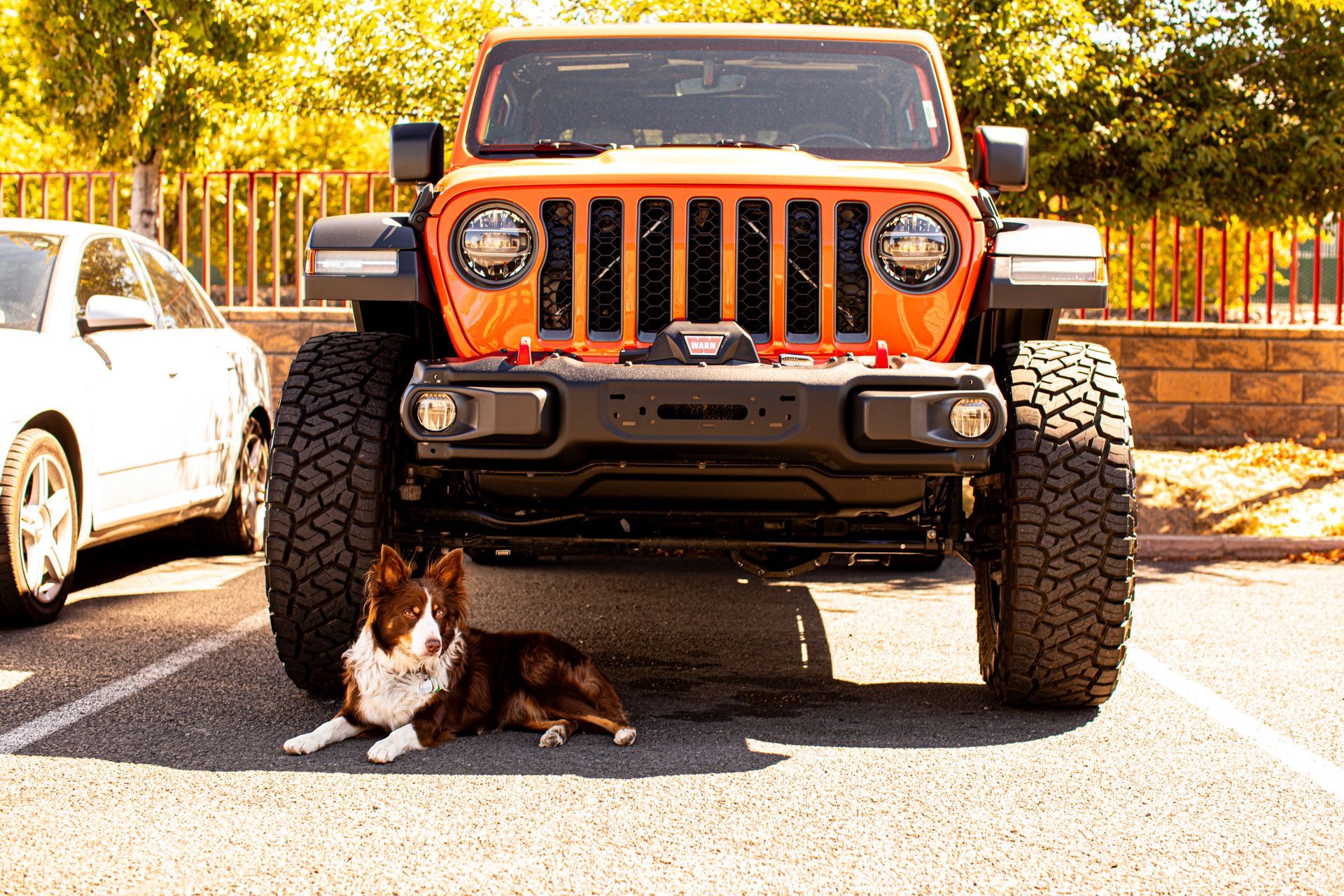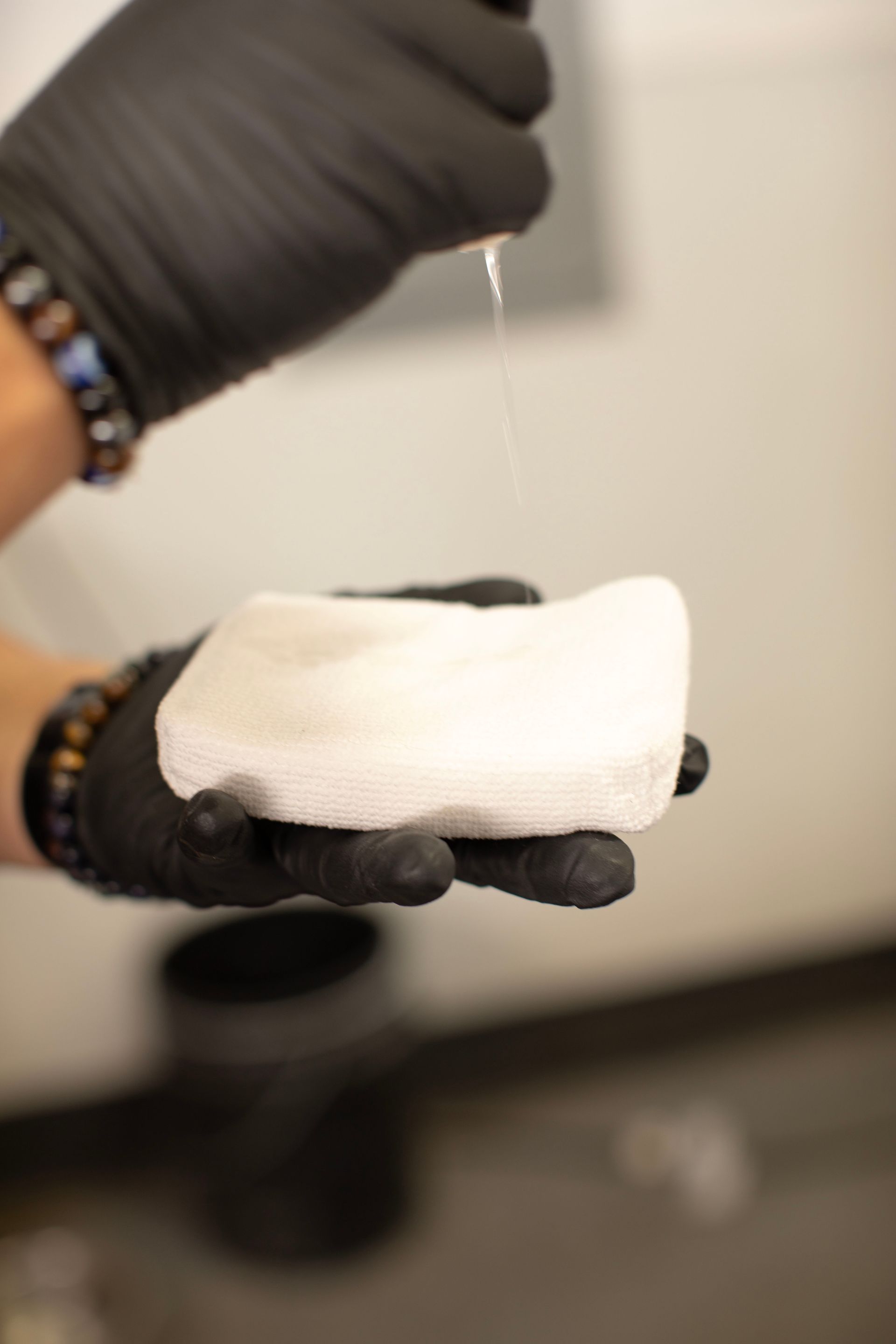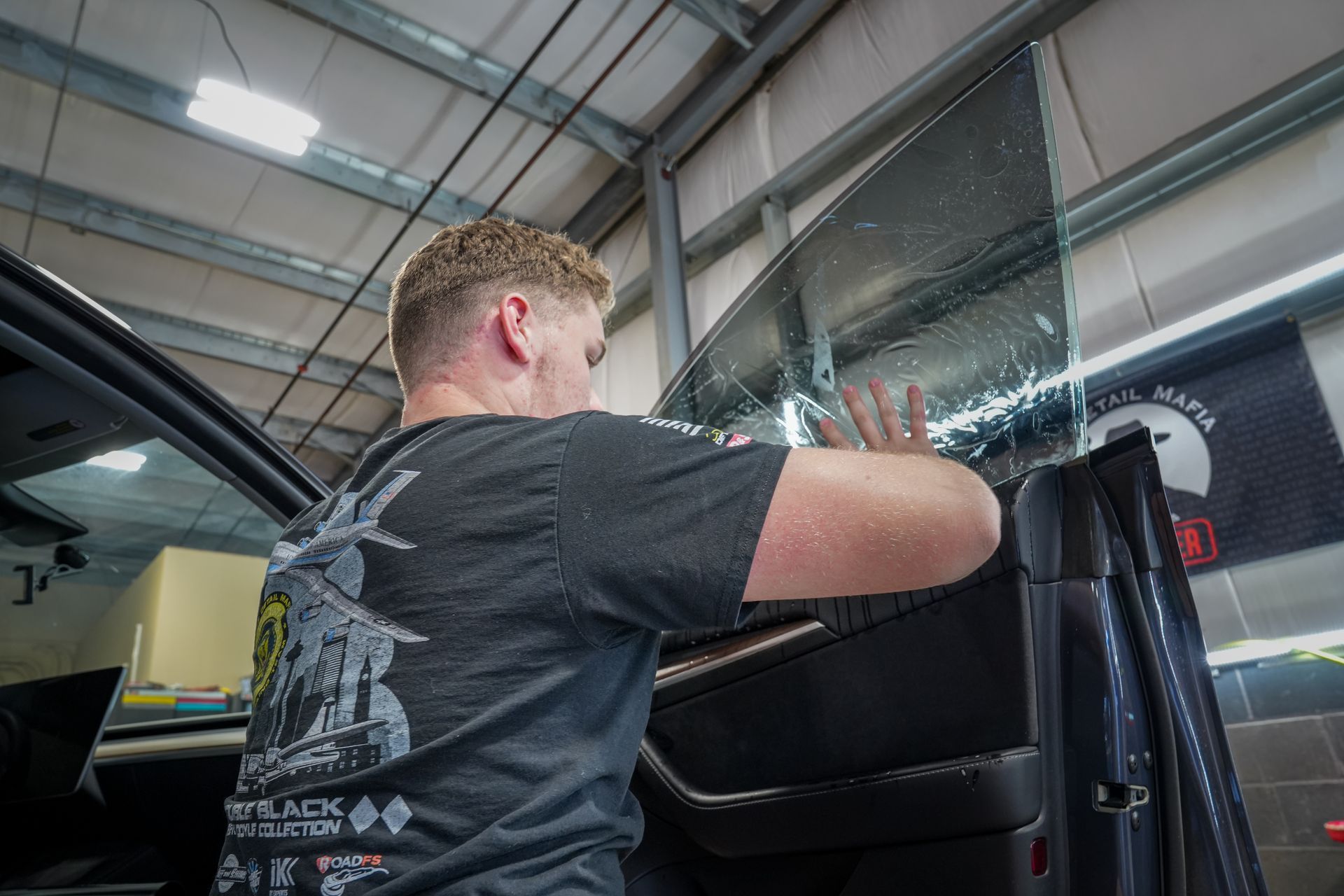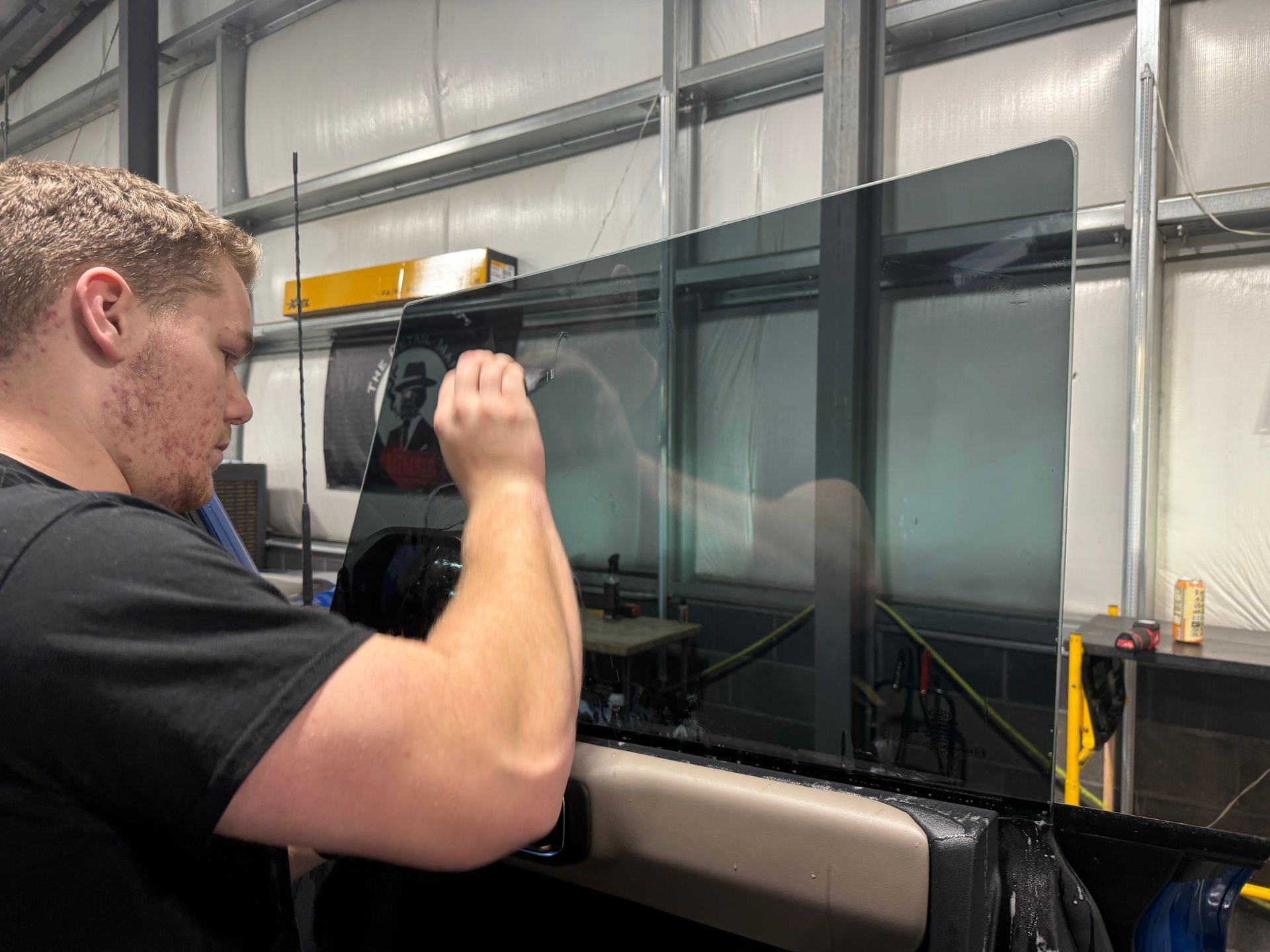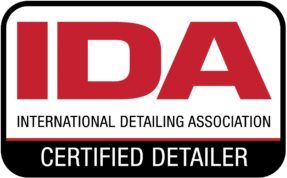Ceramic Coating: Protecting Rare Paint Colors and Finishes for Ultimate Car Durability
GET A FREE ESTIMATEOwning a car with a rare paint color or specialty finish is like holding a small piece of art on wheels. You want it to look just as stunning years down the road as the day you first saw it. But those eye-catching colors and delicate finishes can be surprisingly fragile, showing wear from sun exposure and everyday dirt faster than standard paint jobs. That's where ceramic coating comes in, offering a protective layer that goes beyond traditional waxes to keep your car's unique look sharp and vibrant for longer. In this article, we'll break down exactly how ceramic coatings work, why they're especially great for rare paints, and what you need to know to keep your car looking its best. Ceramic coating forms a durable, chemically bonded layer of silicon dioxide over the vehicle's clear coat, acting like armor to shield rare paint colors and specialty finishes from contaminants, UV damage, and environmental factors. This protection enhances longevity and maintains the aesthetic appeal of unique finishes far better than traditional waxing or sealants.
What is Ceramic Coating in Automotive?
Simply put, ceramic coating is a liquid polymer that bonds chemically with your vehicle's factory paint to form a durable shield. Unlike traditional waxing or sealants that sit on top of the paint and wear off quickly, ceramic coatings actually bond at the molecular level. This bond creates a remarkably hard, glass-like layer primarily made of silicon dioxide (SiO₂), often enhanced with additives such as titanium dioxide to boost durability and UV protection. This microscopic layer fills in tiny surface imperfections and irregularities, resulting in an ultra-smooth finish that water and dirt have trouble clinging to. When rain hits a coated surface, it beads up and rolls right off, taking grime along with it. This hydrophobic effect not only keeps your car looking freshly cleaned longer but also makes washing significantly easier and faster.
Beyond just water repellency, the silica-based layer adds significant hardness to the surface, providing substantial resistance against chemical contaminants like bird droppings or acid rain that normally degrade paint over time. The coating also blocks up to 99% of damaging ultraviolet rays, preventing fading and oxidation of rare or custom paint finishes. Keep in mind that proper preparation before application is crucial, including thorough cleaning, decontamination, and sometimes polishing. Curing times vary but generally require at least 12 to 48 hours free from moisture or dust for optimal bonding. Whether professionally applied or DIY-installed, ceramic coatings offer a lasting layer of protection typically ranging from two to five years and are especially valuable for preserving rare paint colors and specialty finishes that can be expensive or impossible to replace.
Ideal for Rare Paint Colors and Finishes
Rare paint colors and specialty finishes possess a kind of vulnerability that everyday paint jobs don't. Take ultra-pearlescent whites or deep metallic blues; their very beauty, how they capture light, reflect depth, and shimmer, also makes every tiny imperfection glaringly visible. Fine marks and even chemical etching show up like spots on a pristine canvas. This means these finishes demand extra care and attention, not just for aesthetics but to maintain their unique character over time. Ceramic coatings act almost like an invisible guardian for these rare paints. The liquid polymer bonds chemically with the clear coat beneath the surface, forming a resilient shield made primarily from silicon dioxide (SiO₂). This layer is incredibly hard, which effectively guards against minor damage that would otherwise dull the finish. Imagine putting a suit of armor on your car's paint, protecting it from little battles with dust particles, tree sap, road salts, and even UV rays that cause fading.
For rare paints and specialty finishes, this armor isn't just nice to have; it's critical preservation. Professional applications of ceramic coating can boost the glossiness of these exotic colors significantly, making the finish come alive with intensified depth and complexity. If you own a vehicle boasting these rarities, thorough surface preparation before application cannot be overstated. You want to ensure the paint is flawless when applying ceramic coating. From washing with pH-neutral shampoos to clay bar treatments and detailed polishing to erase imperfections, proper prep forms the foundation for long-lasting defense. After applying ceramic coating, maintaining it through regular cleaning with gentle products helps prolong this protective layer's lifespan, often extending well beyond two years, and some professional-grade coatings last up to five years or more under ideal care. These coatings repel water so efficiently that dirt beads up and rinses away easily. It's also worth noting how ceramic coatings offer excellent resistance against environmental damage unique to some rare finishes, from acid rain etching delicate pearlescents to oxidation fading translucent paints. By blocking these aggressive agents at the surface level, coatings extend both beauty and durability in ways traditional waxes simply cannot match.
Application Process for Ceramic Coating
Proper application stands as the cornerstone of ceramic coating success. Without careful, methodical steps, even the best products can't deliver their full protective and aesthetic potential. The process unfolds over multiple phases, each building on the previous one to create a seamless, durable shield across your vehicle's surface. The first step is meticulous surface preparation. The paint must be immaculate before any coating can bond effectively. This means starting with a thorough wash to remove loose dirt and oils. However, washing alone isn't enough. Embedded contaminants like tree sap residues or microscopic industrial fallout cling stubbornly to paint and resist traditional cleaning methods. This is where a clay bar treatment becomes indispensable. By gently gliding a specialized clay compound over the surface, you physically lift these impurities away without damaging the finish.
After prepping this pristine canvas, the next critical phase is polishing. Polishing serves two main functions: it removes minor imperfections or oxidation that diminish paint clarity, and it smooths the surface so the ceramic coat adheres uniformly. Using a dual-action polisher fitted with an appropriate fine polish compound refines imperfections without aggressive action. This not only restores depth and gloss but also optimizes surface energy for bonding. Once polishing is complete, eliminating any lingering oils or residues is essential before proceeding. Wiping down the surface thoroughly with isopropyl alcohol cleans away residual polish oils that could interfere with ceramic coating performance. With a perfectly prepared and polished surface, attention turns to applying the ceramic coating itself. Application requires precision. Using a microfiber applicator pad designed for even product distribution, apply the coating in small, manageable sections, usually around two feet by two feet at a time, to maintain control and prevent uneven curing. Employing a crosshatch pattern, covering each area vertically then horizontally, ensures complete coverage and avoids missed spots or excessive buildup in one area.
After spreading the liquid coat uniformly, allow it to rest for its specified flash time, a brief interval where the product begins bonding but isn't yet fully set. Buff carefully with a clean microfiber towel to remove excess product and enhance gloss. Curing transforms the applied liquid into a resilient solid barrier through chemical reactions. To protect this process from contamination or moisture exposure, it's recommended you keep your vehicle in a dry, dust-free space for at least 24 hours immediately following application. But full strength takes longer, typically between two and three weeks, as deeper molecular cross-linking continues beneath the surface. During this period, indoor storage isn't just suggested; it's essential to avoid water spots or dust adhering that could mar your flawless finish.
Maintenance and Longevity
Maintenance is straightforward yet essential for maintaining the longevity and pristine appearance of your ceramic-coated finish. At its core, this means frequent, gentle washing with the right products. Using pH-neutral shampoos specifically formulated for ceramic coatings is key because they clean effectively without stripping away or dulling the protective layer. After washing, drying with a soft microfiber towel is just as important to avoid tiny marks that can accumulate and compromise the finish. The frequency of washing varies depending on where you drive and park. A vehicle kept outdoors in urban or industrial areas will need more regular attention due to pollutants such as acid rain, pollen, or oily traffic film. Visible dirt buildup is a clear sign it's time to wash. To maximize the protective qualities of your ceramic coating, think of it as a living shield that benefits greatly from thoughtful upkeep beyond basic care. One simple yet effective method is applying a ceramic maintenance spray every few months. These sprays help restore the hydrophobic, or water-repelling, characteristics that gradually wear down under everyday exposure to elements like rain, dust, or road grime. Consistency is key here. Incorporating a maintenance spray into your car care routine every two to three months can spell the difference between a coating that fades prematurely and one that stands strong for years. This periodic refresh smooths out microscopic surface imperfections that accumulate over time, preserving that signature glossy finish.
Some enthusiasts go further by lightly reapplying a new layer of ceramic coating every 12 to 18 months. This practice is particularly beneficial for vehicles regularly exposed to harsh environments or frequent use. Extending your ceramic coating's life isn't just about sprays or occasional reapplications. From installation, how you prepare and treat your vehicle matters immensely. Respecting manufacturer-recommended curing times before exposing the vehicle to water or chemicals is essential to prevent premature wear. Post-cure care plays a crucial role. Even minor negligence like letting acidic bird droppings sit unattended or failing to promptly wash off tree sap can diminish your protective layer. Insisting on regular cleaning routines with ceramic-safe products and avoiding harsh polishes safeguards both appearance and chemical resistance over time. Careful maintenance combined with vigilant monitoring ensures your ceramic coating remains a steadfast guardian of your car's rare finish, preserving its beauty and value for years to come.
Bend’s Premier Ceramic Coating Experts
If you want your car to stay stunning, protected, and easier to maintain, Perfection Plus Auto Salon delivers the
top ceramic coating services Bend, OR drivers trust. Their expert team applies advanced coating technology that enhances gloss, shields against harsh Oregon weather, and keeps your vehicle shining with minimal upkeep. Whether you drive a daily commuter or a prized weekend ride, their professional-grade ceramic coatings offer long-lasting defense and a finish you’ll be proud of every time you hit the road.
Contact Perfection Plus Auto Salon today to give your car the premium protection it deserves!


